Interpretive Center for Care of Creation Kenya
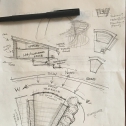
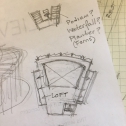
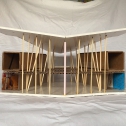
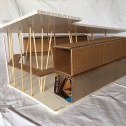
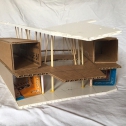
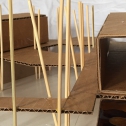
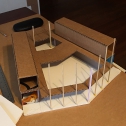
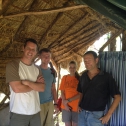
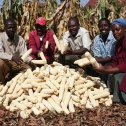
Phase 1: PLAN
Planning is about strategy and making choices. Tell us about the choices you made for your project. Note: it is not the expectation that you would check every box in this area. Please check only those that apply.
EcoLeader Project URL
1. Where is your project's biggest impact?
Campus, International
If other:
This project is taking place in Kijabe, Kenya
2. What were the goals for your project?
To create a net-positive visitor interpretive and learning center for Care of Creation Kenya
3. What strategy did you use?
Other
If other:
I used the human-centered design approach developed by IDEO.org and the Living Building Challenge criteria developed by ILFI
Phase II: DO
1. Did you accomplish the goals you set for this project? Please explain.
The first phase has been accomplished but the project is ongoing.
2. Choose your impact measurement from the drop down menu and provide details in the box provided (such as specific numbers or results).
Other
The design for the visitor interpretive center is based on the net-positive criteria for the Living Building Challenge. The building harvests its own water, recycles and scrubs all gray water, produces its own power and provides areas for growing food.
3. When did you begin and complete your project?
The project began in February 2016 and the first design phase was complete in December 2016..
4. What was challenging about your project and how did you respond?
Meeting with the CCK team in Kijabe but then doing the majority of the project here in the states has been very challenging. Also striving to understand small cultural differences has been difficult but worth it in order to move from designing 'for' to designing 'with'. Also, procuring sustainable materials has been challenging. Although they are not indigenous, we chose to spec Eucalyptus trees for poles as they are fast-growing, readily available and already grown commercially. This protects native species from deforestation.
5. Which groups were involved in this project? Students, faculty, staff or community groups?
Care of Creation Kenyan national staff and fellow team members stateside.
6. Was your project funded? If so, how?
Yes the project is funded through Care of Creation Kenya
6. How did you communicate about this project and educate the broader campus and/or community?
Mostly by email and social networks for Kenyan and US nationals alike.
Phase III: REVIEW
Part of being an EcoLeader is learning how to design, implement and evaluate projects. Use this space to tell us how you evaluated your project and what your plans are moving forward.
1. How have you evaluated your project?
Group reflection
If other, please describe:
The CCK staff reviewed 3D study models and concept sketches of the building design.
2. What did you do after your reviewed your project?
Revised goals, Added new team members with different expertise
If other, please describe:
As I mentioned, the project is ongoing. The Kenyan nationals suggested several modifications. We need to spin the main open section to face more towards the northwest to take in more afternoon sun and views of the Great Rift Valley below. Staff wants more open, collaborative office space - no individual offices. There is also concern about noise from the heavy rains so we are devising a double layered roof to protect against excessive sound.. We are re-engineering vertical planting panels along the north wall to rotate so that they can receive sun during the day but be secured behind steel bars at night.
Phase IV: LESSONS LEARNED
1. What was the biggest or best thing you learned from your project?
I truly enjoyed the collaboration with the CCK team, I think especially due to the fact that they are of another nationality and ethnicity. It made for a rich experience as I learned how they view life, work, and relationships and their place within the living systems of Kenya and Earth. I feel very hopeful that this interpretive center will increase CCKs ability to gain supporters and reach more and more farmers and have greater effectiveness in regenerating the landscape of Kenya from radical deforestation and poaching before it's too late.
2. What advice would you give to others working on a similar project?
Don't be impatient. Projects in developing countries as they move very slowly. Team members must be very flexible and must think outside the box. Some sustainable materials may have to be replaced with less desirable alternatives and this must be weighed out against the ultimate goal to see if the compromise is too costly.
3. Based on your response above, what are your future plans for this project? And are there resources (people, financial, etc.) available to sustain it?
I plan to continue as project coordinator and lead designer here in the states. I have a group of six other cohorts joining me including an architect friend.. We are currently moving into phase two of the design making the revisions that I mentioned above. CCK is an organization that Nobel laureate, the late Wangari Maathai , wanted to succeed. I intend to make every effort to see that this organization effectively succeeds.









Form Details
Average Rating:
Date Added: Mar 31, 2017
Date Last Modified: Apr 3, 2017
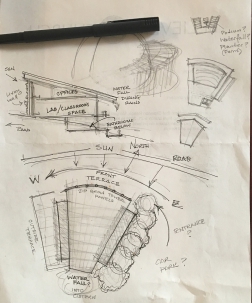
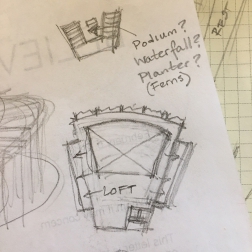
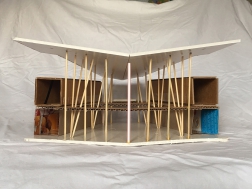
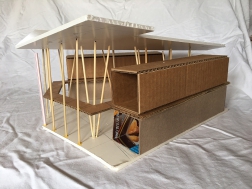
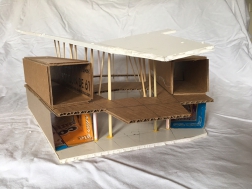
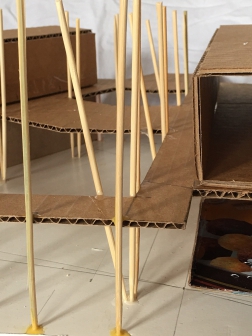
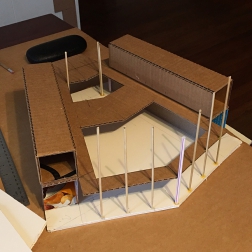
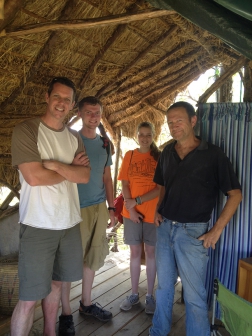
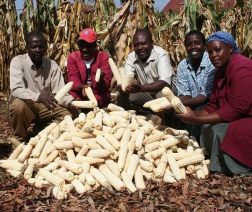






Project Feedback